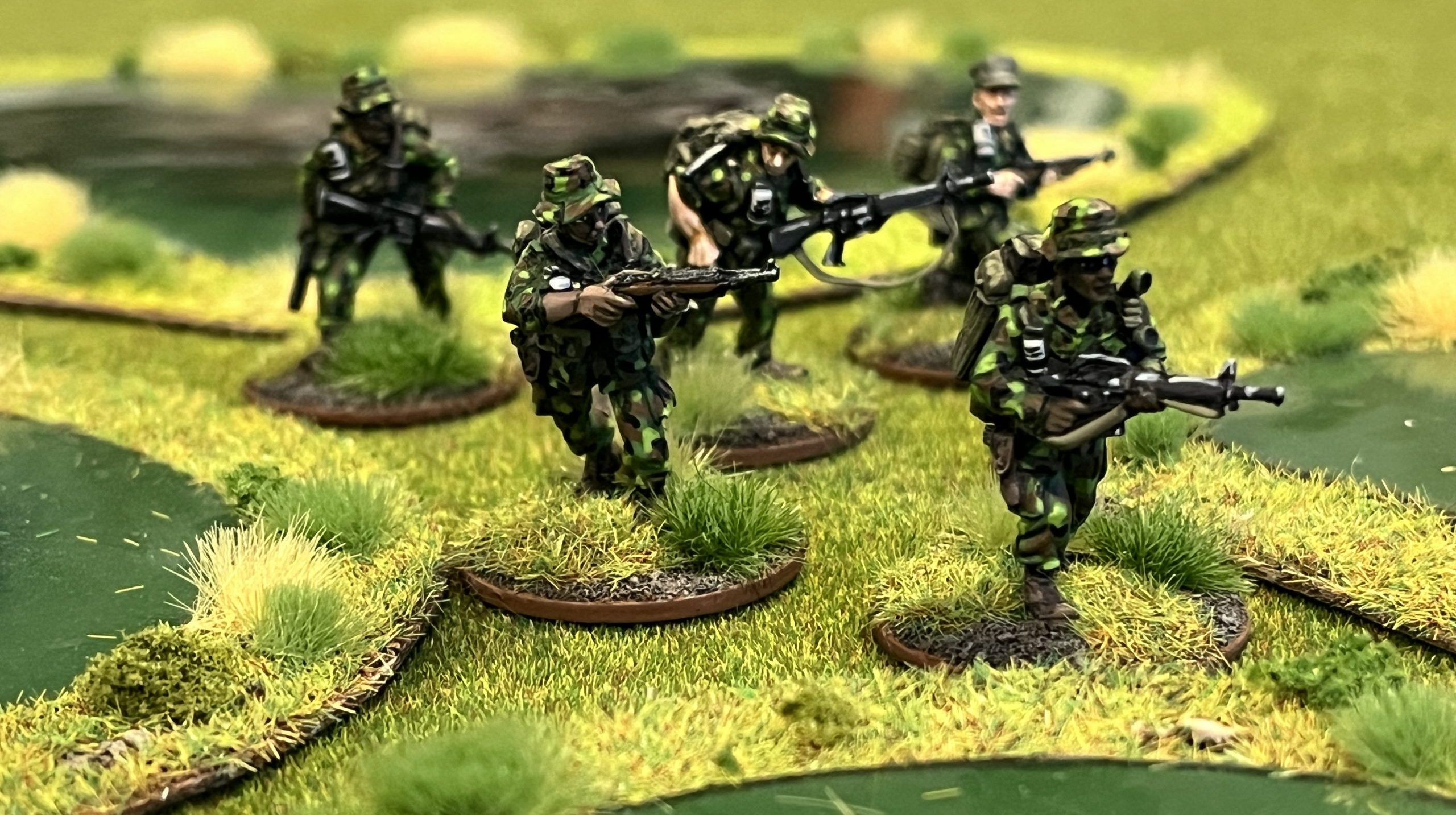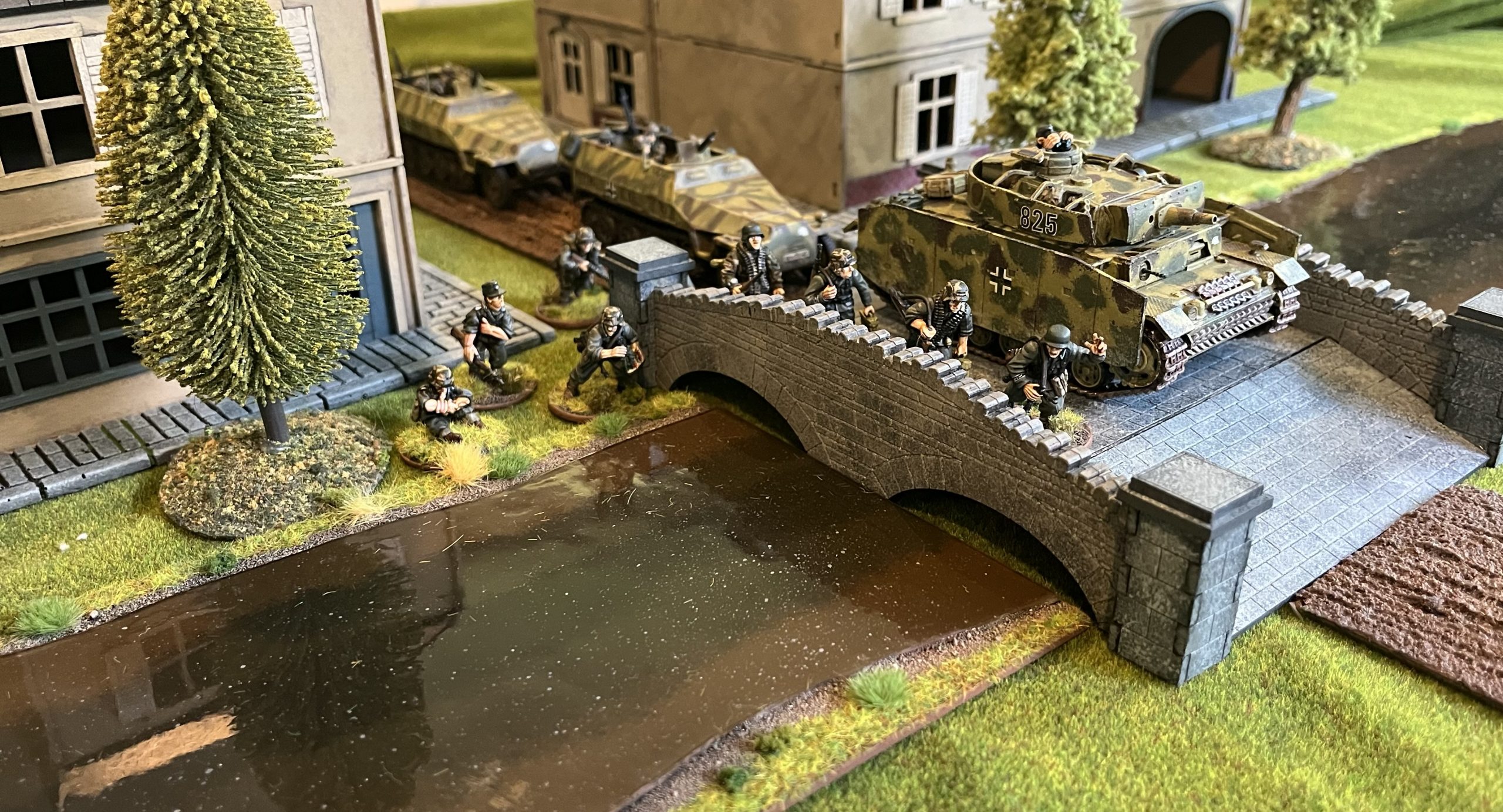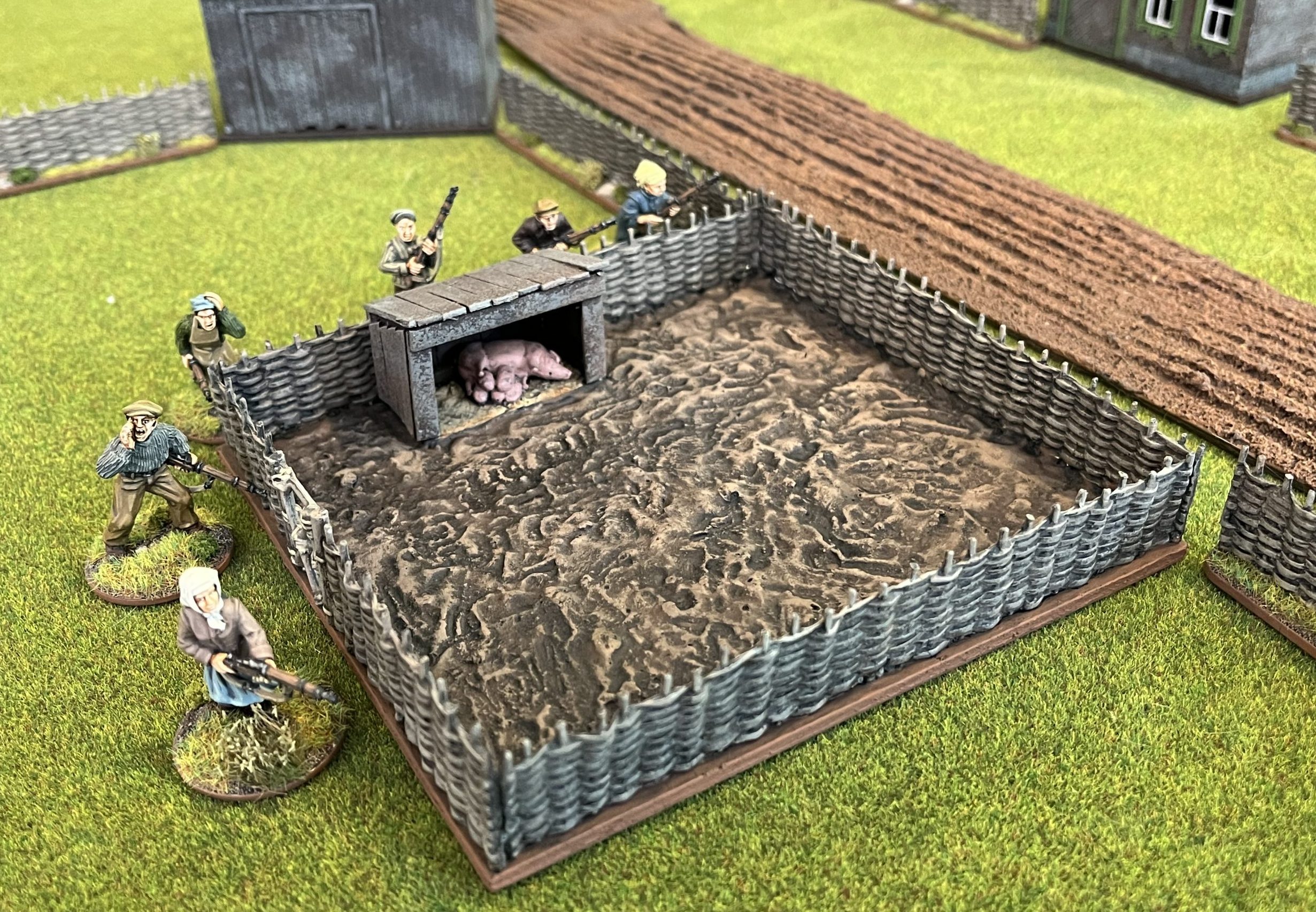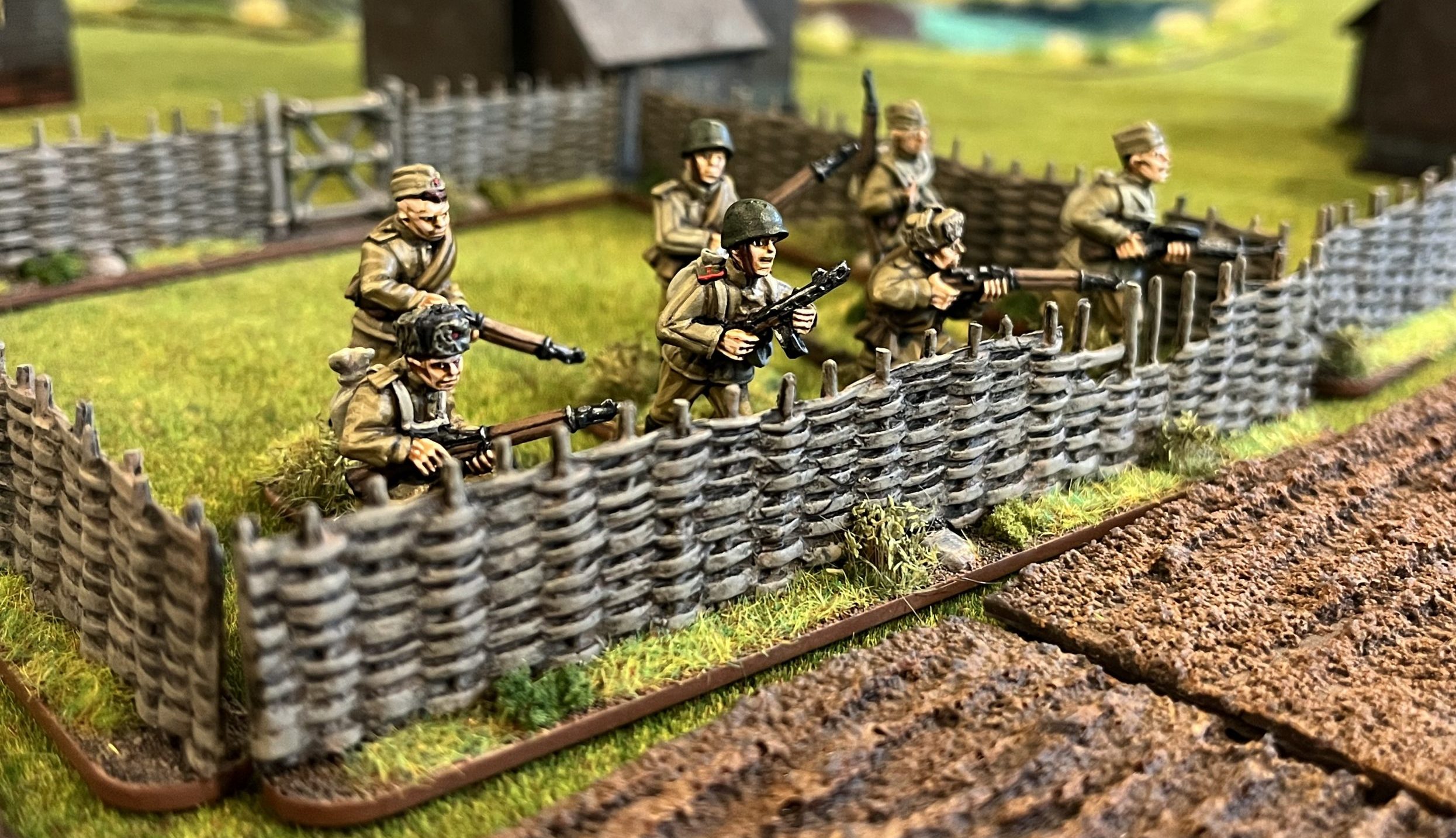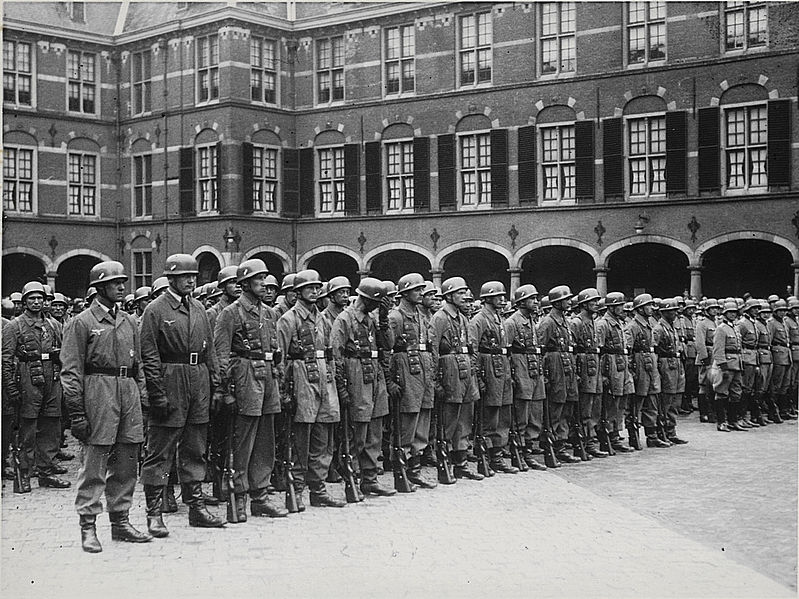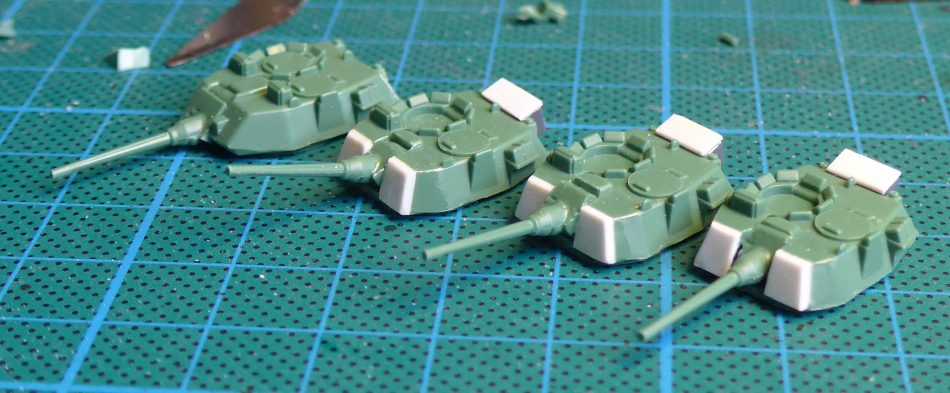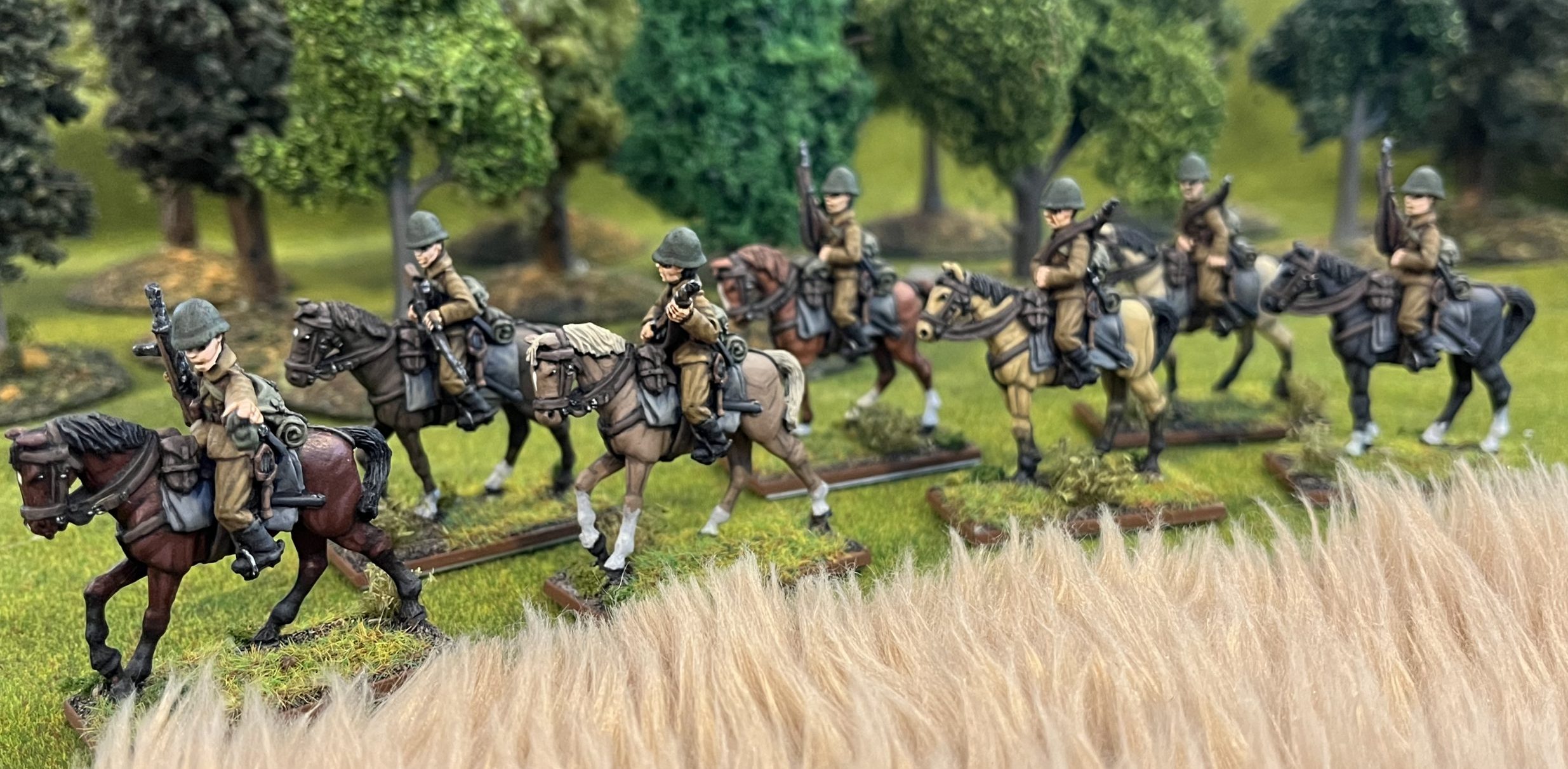Kreighton Paints a Bolt Action Third Edition Army
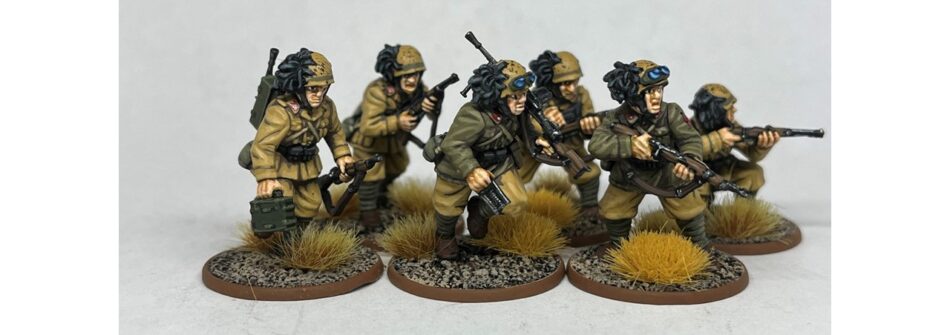
By Kreighton Long
With my first Bolt Action Third Edition specific army mapped out it was time to get out the sprue cutters, glue, and paints. My first target was to test out how I wanted to build and paint my Bersaglieri infantry.
I prefer the look of the helmets rather than the XXX for the Bersaglieri, so I started with one sprue’s worth of infantry with helmets. After considering available options I decided that my infantry would start with an NCO with a rifle, and LMG team, and additional riflemen.

